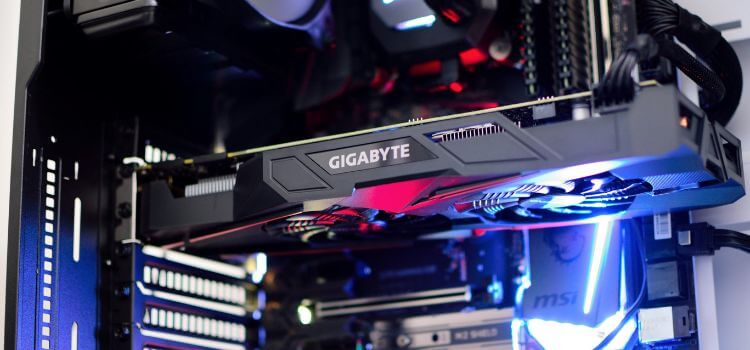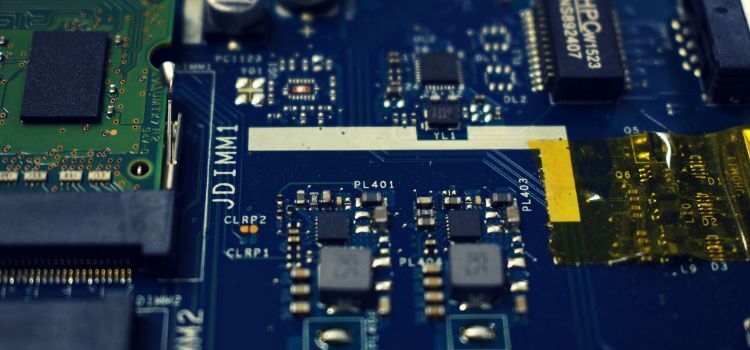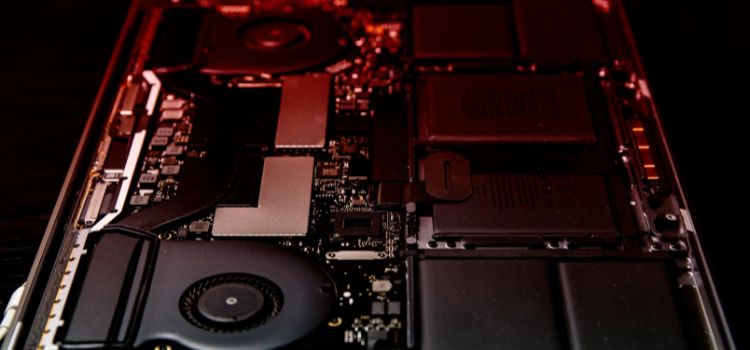As an Amazon Associate, I earn from qualifying purchases

If you want to upgrade your computer’s graphics processing unit (GPU), ensuring the new GPU is compatible with your motherboard is essential. This blog post will offer a thorough how-to guide for figuring out whether your motherboard and GPU are compatible and advice on where to go for the correct information. We’ll also cover the potential benefits of upgrading your GPU and how to ensure a smooth installation process. Whether you’re a gamer or a professional needing better graphics performance, this post will help you make an informed decision. Let’s dive in!
Check the Compatibility of Your Motherboard
When checking the compatibility of your GPU with your motherboard, it’s essential to do your research. Start by identifying the make and model of your motherboard and then refer to the manufacturer’s website or user manual to find a list of compatible GPUs. Additionally, you can use forums and other resources to gather information from other users who have successfully upgraded their GPUs on the same motherboard. Additionally, consider factors such as power supply requirements and physical space within your computer case to ensure a smooth installation process. Upgrading your GPU can improve gaming, graphic design, and video editing performance, so it’s worth finding the right fit for your motherboard.
Determine the Form Factor of Your Motherboard
To determine the form factor of your motherboard, you will need to identify the specific size and layout. Typical form factors include ATX, Micro ATX, and Mini ITX. Usually, the manufacturer’s website or the user manual contains this information. Additionally, you can physically measure the dimensions of your motherboard to determine its form factor.
Understanding the form factor of your motherboard is essential when choosing a compatible GPU, as different form factors may have different slot configurations and physical space limitations. It’s critical to ensure that the GPU you choose fits your motherboard’s form factor to avoid any compatibility issues during installation. If you need more clarification, it’s always a good idea to consult with a professional or knowledgeable source to help determine the form factor of your motherboard.
Research the Chipset and Socket Type of Your Motherboard

When researching your motherboard’s chipset and socket type, it’s crucial to consider compatibility with the GPU you are looking to upgrade to. The chipset and socket type will determine which GPUs are compatible with your motherboard, so choosing a supported GPU is crucial. You can find this information in the user manual or by looking up your motherboard model online. Knowing these details will enable you to determine when to upgrade your system to a GPU. It’s also good to consider factors such as power supply requirements and physical space within your computer case to ensure a smooth installation process. Upgrading your GPU can improve gaming, graphic design, and video editing performance, so it’s worth finding the right fit for your motherboard.
Consider the Power Supply Requirements for the GPU
When upgrading your GPU, it’s essential to consider the power supply requirements for the new graphics card. Confirming that your power supply unit (PSU) has sufficient power to support the latest GPU is vital because different GPUs have varying power consumption levels. Examine the GPU’s power and current needs and contrast them with your PSU’s specifications.
It’s also a good idea to consider any additional power connectors that the GPU may require, such as 6-pin or 8-pin connectors. Upgrading to a more powerful GPU without a compatible PSU can lead to system instability or damage, so it’s crucial to ensure your power supply can handle the new GPU’s requirements. If you need more clarification, it’s best to consult with a professional or refer to the GPU’s manufacturer specifications for guidance. By considering the power supply requirements for the GPU, you can ensure a smooth and successful upgrade process for your system.
Look for Compatibility Lists and Guides from the Manufacturer
When upgrading your GPU, it’s essential to consider factors such as power supply requirements and physical space within your computer case to ensure a smooth installation process. It would help if you also looked for compatibility lists and guides from the manufacturer to ensure that the new GPU will be compatible with your motherboard. This can help prevent any compatibility issues during the installation process.
Additionally, it’s essential to consider the power supply requirements for the new graphics card. It is vital to confirm that your power supply unit (PSU) has sufficient power to support the latest GPU because different GPUs have varying power consumption levels. Checking the GPU wattage and amperage requirements and comparing them to the specifications of your PSU is crucial. It’s also a good idea to consider any additional power connectors that the GPU may require, such as 6-pin or 8-pin connectors. By considering these factors and consulting with the manufacturer’s compatibility lists and guides, you can ensure a successful and smooth upgrade process for your system.
Consult with Technical Support or Forums for Additional Help

If you need more clarification about the power supply requirements for your new GPU, consult with technical support or online forums for additional help. Technical support from the manufacturer can guide the specific power supply needs of the GPU, and online forums can offer advice and recommendations from other users who have gone through similar upgrade processes. Seeking assistance from technical support or online communities ensures you have all the information you need to successfully upgrade your GPU without encountering compatibility or power supply issues.
Conclusion
When considering which GPU is compatible with your motherboard, it’s essential to check the specifications of both the GPU and the motherboard. Look for the type of PCIe slot your motherboard has and the GPU power supply requirements. It’s also helpful to consult the manufacturer’s website or support resources for compatibility information. You can also ask other users who have knowledge of the particular GPU and motherboard combination you are considering for help using internet tools and forums.
Frequently Asked Questions
How do I determine what GPUs are compatible with my motherboard? To find out what GPUs are compatible with your motherboard, check the manufacturer’s website for a list of compatible graphics cards. You can also look at your motherboard’s specifications to see what type of PCIe slots it has and what generation it supports.
Can I use any GPU with any motherboard?
Only some motherboard and GPU combinations work together. Carefully review your motherboard’s specifications to ensure the GPU you select is compatible with the kind of PCIe slot and generation it supports.
What should I consider when choosing a GPU for my motherboard?
When selecting a GPU for your motherboard, please consider the graphics card’s dimensions and case compatibility, the GPU’s power needs, your power supply’s ability to meet them, and the GPU’s compatibility with the PCIe slot on your motherboard.
Can I upgrade my motherboard to make it compatible with a specific GPU?
In some cases, you can upgrade your motherboard to make it compatible with a specific GPU, but this can be a more involved and costly process. Choose a GPU that is already compatible with your existing motherboard.
Can I use adapters or converters to make a GPU compatible with my motherboard?
Some adapters and converters allow you to use a GPU with a different type of PCIe slot. Still, these may only sometimes work seamlessly and cause compatibility or performance issues. Choose a GPU that is directly compatible with your motherboard’s PCIe slot.
Amazon and the Amazon logo are trademarks of Amazon.com, Inc, or its affiliates.